by Craig Brelsford
Founder, shanghaibirding.com
INTRODUCTION
This post covers the fifth and sixth weeks of my 8-week expedition to Qinghai with Elaine Du. In this segment we birded mainly in Qilian County in northern Qinghai. The featured image above shows some of the highlights. Clockwise from top left: poplar forest along Heihe River, Mountain Weasel, neon lights of Xining, and Eurasian Eagle-Owl.
A BREAK IN XINING

The activities of weeks 5 and 6 consisted of a five-day break in Xining followed by explorations in Haibei Prefecture. Elaine and I went to Haibei to scout new birding areas in the Qilian Mountains, a place little-birded by foreigners. Our most important discovery was the poplar forests along the Heihe and Babao rivers, where we encountered woodland species such as Gansu Leaf Warbler and Chinese Thrush. Conifer forests near Qilian Xiancheng yielded Black Woodpecker, and the scrub and pastureland south of Qilian Xiancheng gave us Eurasian Eagle-Owl, Siberian Roe Deer, and Mountain Weasel. We found Güldenstädt’s Redstart at a handful of locations. We failed to find Przevalski’s Redstart.

After a first month with Michael Grunwell and Jan-Erik Nilsén that saw us drive 5800 km (3,600 miles), Elaine and I were ready for a rest. We spent the nights of 24–29 July in Chengxi (downtown Xining) at Jingjiang Hotel (Jǐngjiāng Jiǔdiàn [景江酒店], +86 (0) 971-4323333, 800 yuan, 36.632578, 101.780914). We birded little in Xining. We found impressive numbers of Common Swift at Dongguan Mosque (36.615301, 101.797987). Air pollution was negligible, belying Xining’s reputation as one of the cities with the dirtiest air in China. The five-day break at “low-altitude” Xining, elev. 2280 m (7,480 ft.), came at the perfect time and completely reinvigorated us.
ENTERING THE QILIAN MOUNTAINS
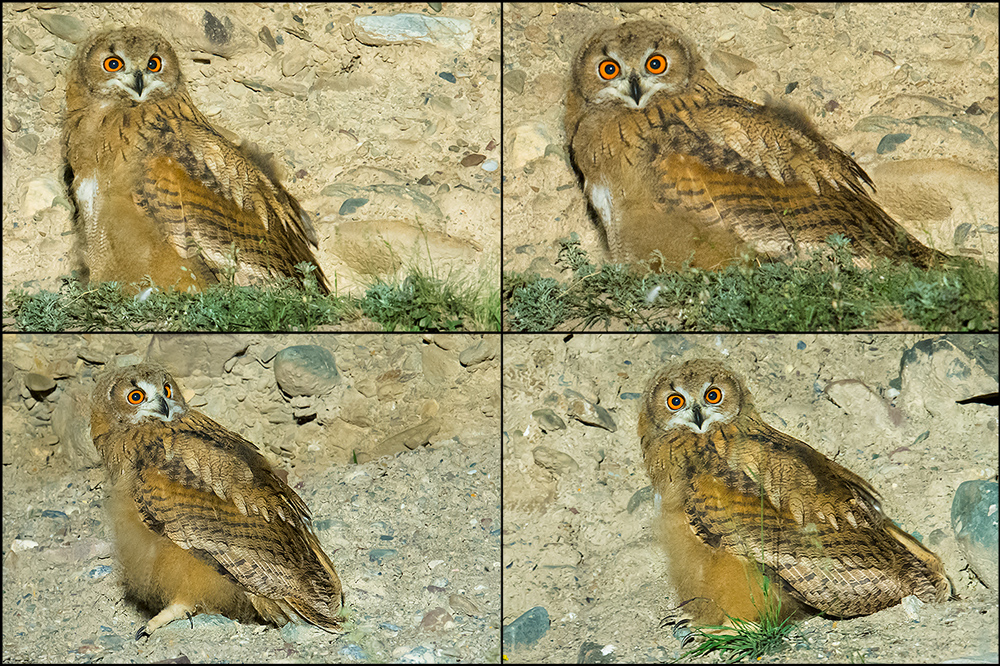
Our first three days back out, 30 July–1 Aug., saw us cover the area between the capital of Qinghai and Qilian Xiancheng, 300 km (186 mi.) to the north. The G227, the main Xining-Qilian highway, offers much good high-altitude scenery and good scrub but in tourist season is packed with cars. The S302 and S204 are less busy.
This leg brought us the family of Eurasian Eagle-Owl, found in pitch darkness on a dirt road along the Yong’an River, followed the next day (31 July) by views of Siberian Roe Deer and near-threatened Mountain Weasel. We found the eagle-owls, two adults and a juvenile, on a cliff (37.676941, 101.270580) at 3220 m (10,560 ft.). The family consisted of two adults and a juvenile. They were calling to each other, a hoarse yipe:
Eurasian Eagle-Owl Bubo bubo, cliff (37.676941, 101.270580) near Yong’an River, Qinghai, China, elev. 3220 m (10,560 ft.), 30 July, by Craig Brelsford (0:57; 3.1 MB)
The Mountain Weasel was found in pasture off the S302 at 37.906618, 100.381936. We noticed a raucous group of White-rumped Snowfinch, Rufous-necked Snowfinch, Ground Tit, and Horned Lark. The cause of their excitement was the weasel, which was raiding the pika burrows. For an hour we watched the weasel pop into and out of the holes, searching for prey.

We were joined by Majiu (马九), a 16-year-old Tibetan high schooler, and his uncle, a herdsman. Majiu, whose height is 1.8 m (5’11”), was wearing a Kobe Bryant jersey and said to me in English, “Basketball is my life.” He is the star of his team at Qilian Ethnic High School in Qilian Xiancheng.
After dark, in Majiu’s uncle’s tent, Majiu’s uncle’s wife served us Tibetan milk tea and bread. We showed them Saturn through our scope.

NOTES
• The Siberian Roe Deer was seen in broad daylight in scrub along the S302 at 37.682194, 101.061444. This was my best look ever at Siberian Roe Deer and first in summer pelage. We noted its yellow-brown coat and stocky build.

• Qilian Xiancheng, a tourist center occupying a stunning location on the Qinghai-Gansu border, teems with tourists and has many restaurants and stores. There we recorded Spotted Dove, a species that in Haibei Prefecture is near the western edge of its range.

• An interesting spot is 38.117957, 100.190286, a conifer forest 12 km (7.5 mi.) south of Qilian Xiancheng on the S204. There we noted Black Woodpecker, Rufous-vented Tit, and Willow Tit (ssp. affinis). Many other conifer forests cling to the slopes around Qilian Xiancheng. This one was the easiest to access.
POPLAR FOREST ON THE HEIHE RIVER

The highlight of our time in Haibei was finding forests of Small-leaf Poplar Populus simonii along the Heihe River and Babao River near Qilian Xiancheng. The best forest is across the Heihe River from Dipanzi Village at 38.212130, 100.160214, elev. 2650 m (8,690 ft.). Among the trees, some of which are 300 years old, we found singing Gansu Leaf Warbler. This is probably a previously unknown breeding site of this little-known species.

The Gansu Leaf Warbler at the Dipanzi forest were singing in the same fashion as on 27 June, when Elaine, Michael Grunwell, and I found the species in coniferous habitat in Huzhu County (36.973133, 102.441300). The song consists of quickly delivered opening tzit fragments, usually followed by a sharp trill:
Gansu Leaf Warbler Phylloscopus kansuensis, poplar forest (38.212130, 100.160214) on Heihe River, Qinghai, China, elev. 2650 m (8,690 ft.), 3 Aug., by Craig Brelsford (1:35; 4.6 MB)
Gansu Leaf Warbler was the most numerous but not the only leaf warbler in the poplar forest. We had in addition Buff-barred Warbler, Yellow-streaked Warbler, and a single Alpine Leaf Warbler sneaking in from the adjacent semi-desert to forage around the spring.
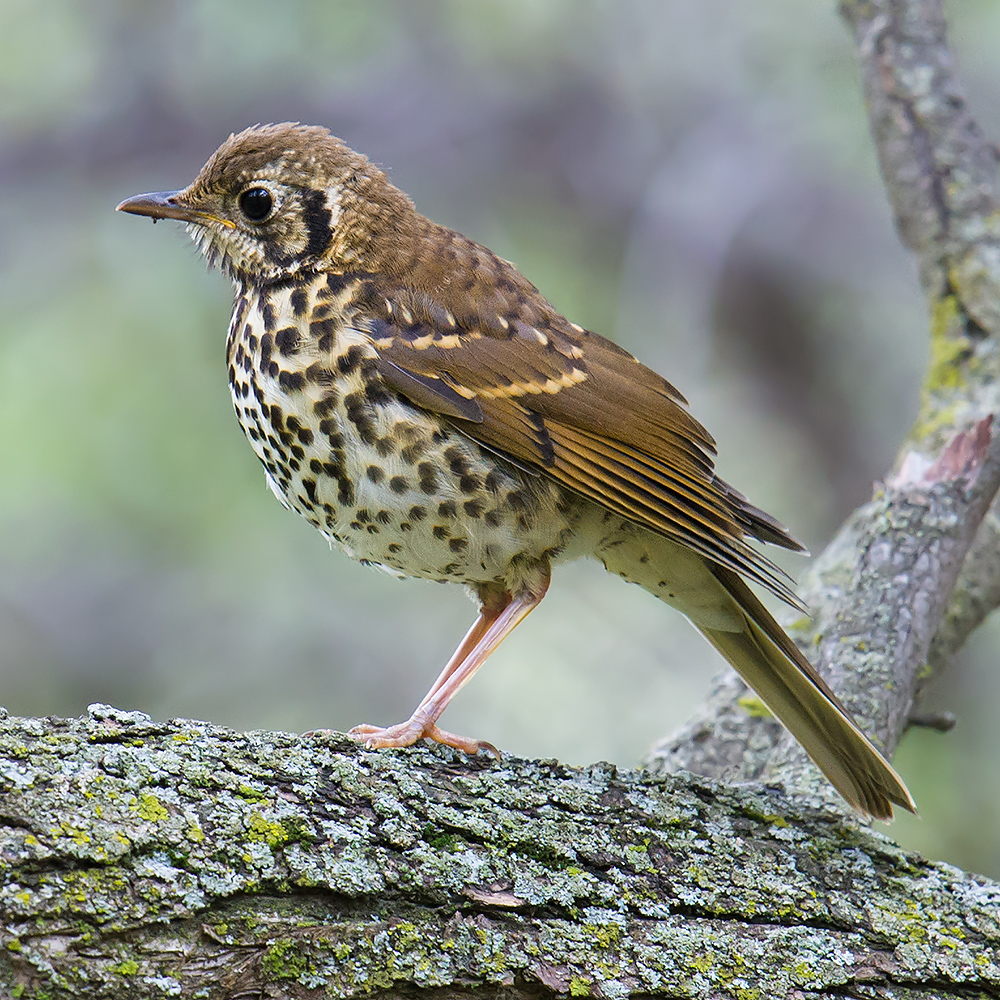
The forest also gave us five trip firsts: Northern Goshawk, Eurasian Wryneck, Eurasian Treecreeper, Chinese Thrush, and, flying high above and caught by the sharp eye of Elaine, Black Stork.
We arrived at the poplar forest on the afternoon of 2 Aug. We had to wait until the morning of 3 Aug. to catch the dawn chorus. Gansu Leaf Warbler led the way. Common Cuckoo called at dawn and into the morning, and Chinese Nuthatch returned to our trip list. Hodgson’s Redstart and White-throated Redstart were feeding juveniles.

We estimate a total of 3 Northern Goshawk in that forest, one of them a juvenile and probably the offspring of the other two. Being woodland birds, the goshawks were a constant presence in the small forest, and their regular flybys startled the other birds. In the recording below, the resident Azure-winged Magpie scream as the goshawk approaches.
Northern Goshawk Accipiter gentilis with Azure-winged Magpie Cyanopica cyanus calling in fear as goshawk approaches, poplar forest (38.212130, 100.160214) on Heihe River, Qinghai, China, elev. 2650 m (8,690 ft.), 2 Aug., by Craig Brelsford (0:23; 1.7 MB)

Another similar poplar forest is along the Babao River 7 km (4.4 mi.) from Qilian Xiancheng at 38.211356, 100.190371. Here too were Gansu Leaf Warbler. Unlike the quiet Dipanzi forest, accessible only by unpaved roads, the busy S204 runs through the Babao River forest.
EXPLORING THE HEIHE RIVER VALLEY
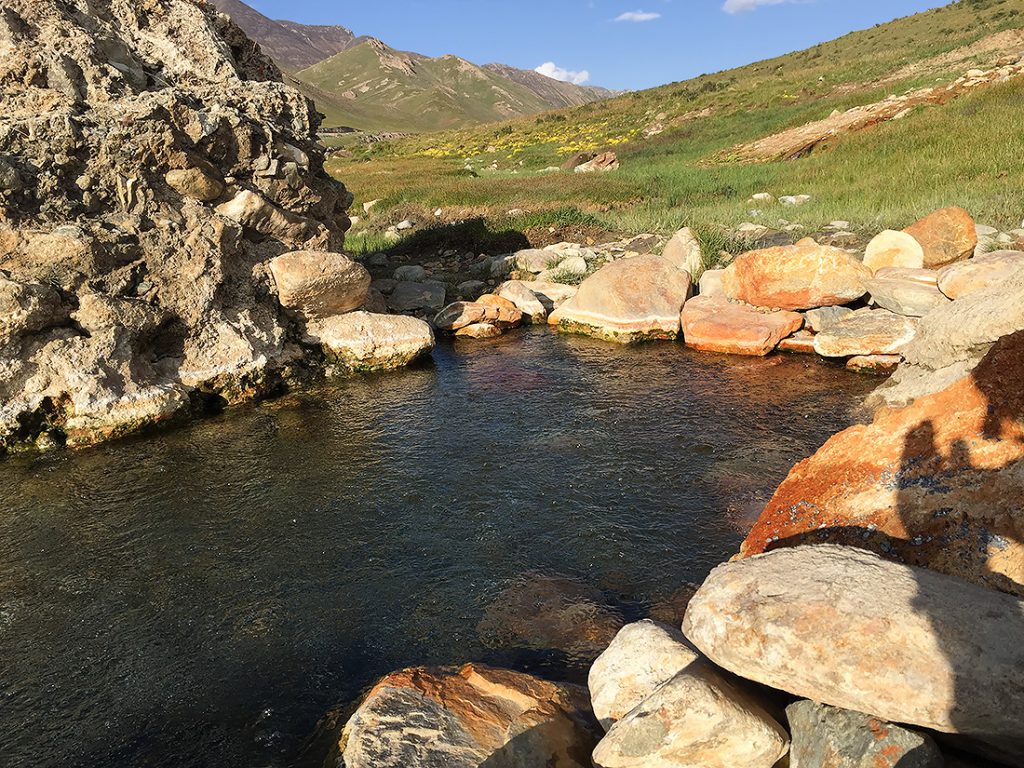
The next 48 hours, from the afternoon of 4 Aug. to the afternoon of 6 Aug., Elaine and I spent exploring the Heihe River Valley along the 200-km (124 mi.) stretch of the S204 from Qilian Xiancheng (38.176712, 100.247371) to Yanglong Xiang (38.816483, 98.415873). Our goal here once again was to discover little-birded areas. We indeed found such areas, places few foreigners ever see, but in them were few birds of great importance. To our trip list we added Water Pipit nesting at Jiabo Hot Spring (38.790355, 98.665485).

In the upper Heihe River Valley the scenery, not the birds, was the star. Stretches of the valley are every bit as stunning as the better-known areas along the G214 between Gonghe and Yushu. The landscape we were admiring in the Heihe Valley was particularly reminiscent of the landscape along the X731, which runs through the upper Yellow River Valley in Maduo County. In both places one sees a powerful stream near its birthplace coursing through a broad valley, with the mountains that are the father of those waters looming behind. (There are more snowy peaks at this northerly location.)
As we drove west along the Heihe River, we came to appreciate the rareness of the riverside poplar woodlands that we had left behind. We found just one or two more. As we rose, the gorge grew steeper, and conifer woodlands predominated.
PHOTOS


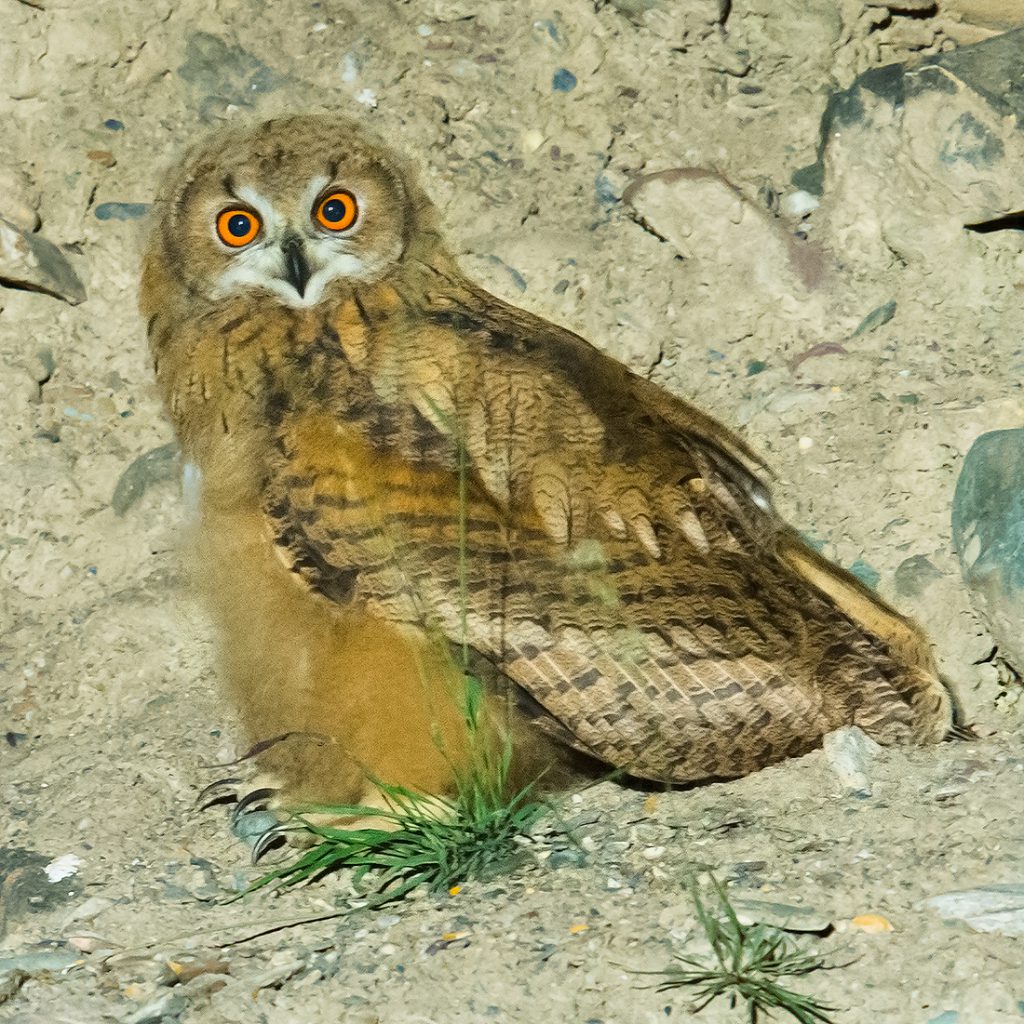

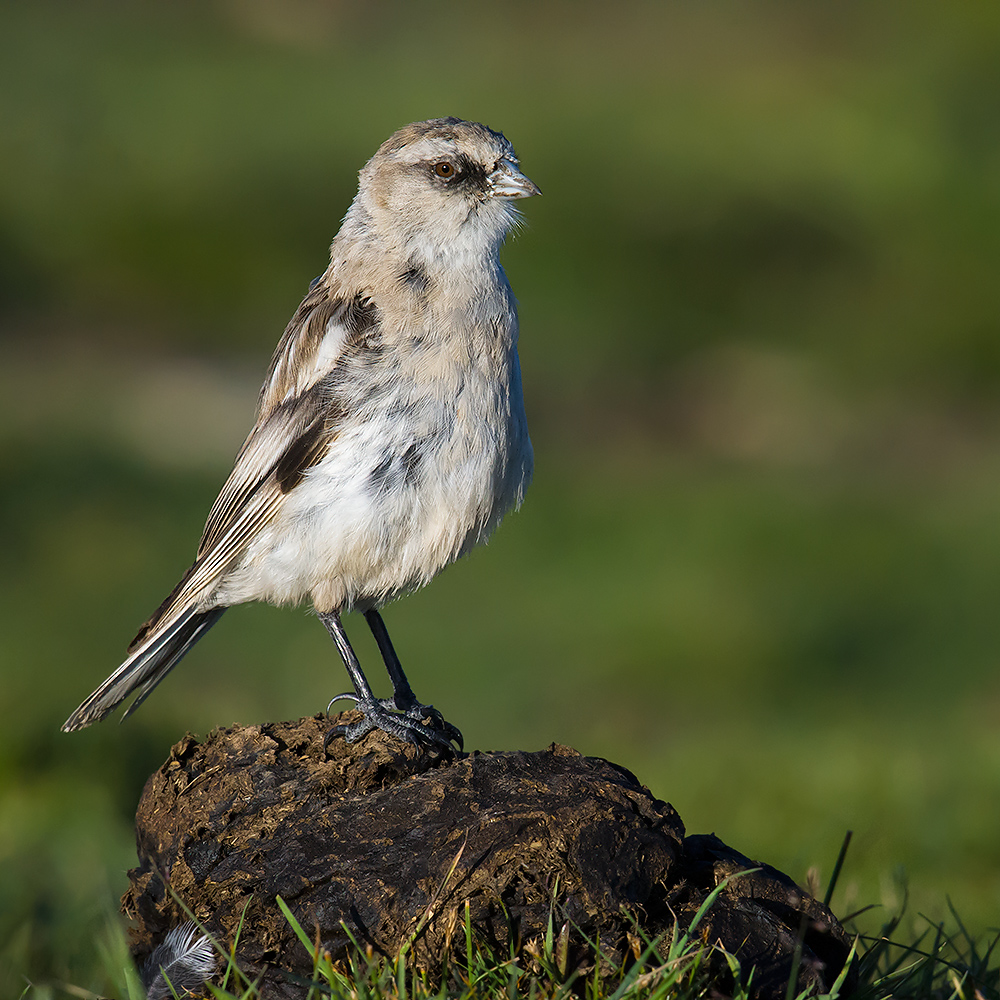




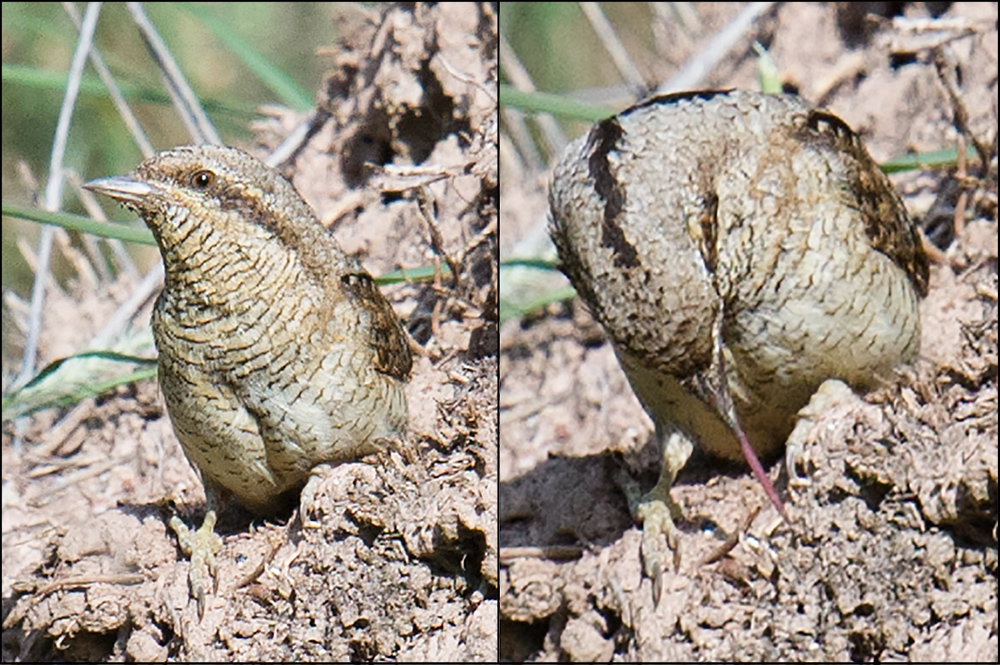



INDEX
shanghaibirding.com offers unparalleled coverage of birding in Qinghai. Below is an index to our posts on Qinghai. Reach us at info@shanghaibirding.com.

Summer-long Birding Expedition to Qinghai (Introduction): We birded Qinghai from June to August, spending the entire summer in the province. We noted classic Tibetan Plateau birds White Eared Pheasant, Black-necked Crane, White-browed Tit, and Przevalski’s Redstart. We explored little-birded northern Qinghai, discovering new locations for Przevalski’s Partridge, Tibetan Sandgrouse, and Gansu Leaf Warbler.

Birding Eastern Qinghai, from the Border with Gansu to the Border with Tibet: We spent the first two weeks of the expedition covering eastern Qinghai, from the Gansu border in northeast Qinghai to Ga’er Monastery on the border with Tibet. We had Henderson’s Ground Jay west of Chaka, Ibisbill on tributaries of the Mekong River, White-browed Tit in scrub along the G109, and Güldenstädt’s Redstart breeding near Qinghai Lake.

Birding Qinghai’s Eastern Yushu Prefecture: We found Tibetan Lynx in the Kanda Mountains, discovered new birding sites, and at an art school in the wilderness immersed ourselves in Tibetan Buddhist culture. Among our highlights were Grandala and Red-fronted Rosefinch, the highest-breeding bird in the Palearctic. Our mammals included White-lipped Deer and Mongolian Five-toed Jerboa, and we saw evidence of attacks by Brown Bear.
Birding the Qilian Mountains of Northern Qinghai (you are here)

Forbidding (and Forbidden) Hala Lake: Defying a ban on foreigners, we birded the wild, remote inland sea in north-central Qinghai, elev. 4077 m (13,376 ft.). The lake yielded several interesting Qinghai records, among them Little Stint, Curlew Sandpiper, and Eurasian Whimbrel. Near shore, in perfect semi-desert habitat, we discovered flocks of Tibetan Sandgrouse.

Birding the Remote Backcountry of Wulan County, Qinghai: Amid stunning scenery, we found Tibetan Wolf, discovered a new location for Przevalski’s Partridge, and around Lake Xiligou had Qinghai favorites Black-necked Crane and Tibetan Lark. The lake held a noisy super-flock of 4,600 Ruddy Shelduck, and Mongolian Goitered Gazelle were in the hills behind. Near Chaka we had Mute Swan.
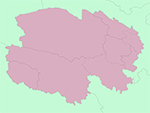
Index to Place Names in Qinghai: Study this list and plan your trip to Qinghai, the most exciting province for birding in China. We offer fascinating facts on famous places as well as sites little known, all with geographic coordinates. Read also our bibliography and use our index of eBird lists from the summer-long expedition.

Mammals and Birds of the Tibetan Plateau: Our team drove 3977 km (2,471 mi.) in 15 days, starting and ending in Golmud, Qinghai. In mountains as high as 5100 m (16,730 ft.), we found 98 species of bird. Mammals were the big stars. I watched a Tibetan Fox catch and devour a vole, we found 46 Tibetan Antelope and a Tibetan Wolf in Antelope Valley, and we saw dozens of Tibetan Wild Ass.
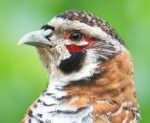
Tibetan Bunting Leads Parade of Tibetan Plateau Endemics in Qinghai: shanghaibirding.com founder Craig Brelsford led a three-person team on a 23-day trip to Qinghai. We covered most of the Tibetans (Tibetan Snowcock, Tibetan Partridge, Tibetan Babax, Tibetan Rosefinch, and Tibetan Bunting) and found Przevalski’s Finch near Qinghai Lake.
Qinghai in October: Jesper Hornskov and his team noted 178 species of bird in October, a time of year, Hornskov writes, “when few dedicated birdwatchers visit this unique land.”
Qinghai in the Age of Covid: Covid-19 complicated the trip, but watching Tibetan Wolf pups frolic made all the trouble worthwhile. We sampled a wide array of western China birds, among them Daurian Partridge, Pallas’s Sandgrouse, and White-winged Grosbeak.
In addition to coverage of Qinghai and our core area of Shanghai, shanghaibirding.com has extensive coverage of other areas of China, among them
Fujian
Northeast China
Sichuan
Xinjiang
Yunnan
Featured image: Highlights from northern Qinghai. Clockwise from top left: poplar forest, Mountain Weasel, neon lights of Xining, and Eurasian Eagle-Owl. (Craig Brelsford)

